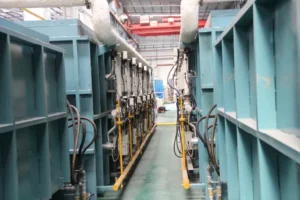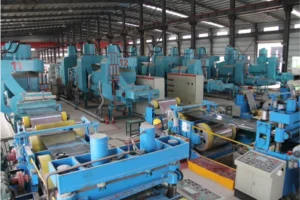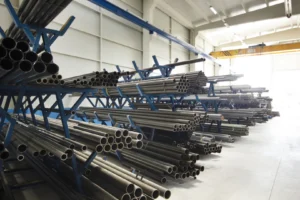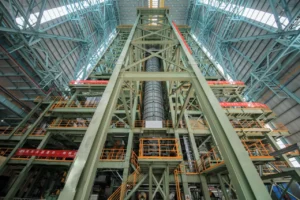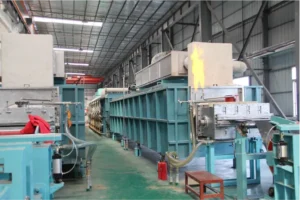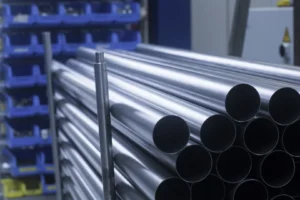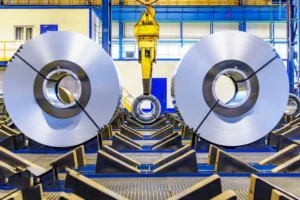Stainless Steel Coil Chemical Composition: How Elements Impact Performance and Cost
Struggling with material performance? The wrong alloy leads to costly failures and project delays. Understanding the chemical composition[^1] of stainless steel coils ensures you make the right, cost-effective choice.
The chemical composition of stainless steel coils is crucial. Elements like chromium, nickel, and molybdenum directly determine corrosion resistance, strength, and durability. This composition is the primary driver of both the coil's performance in specific applications and its overall market price.
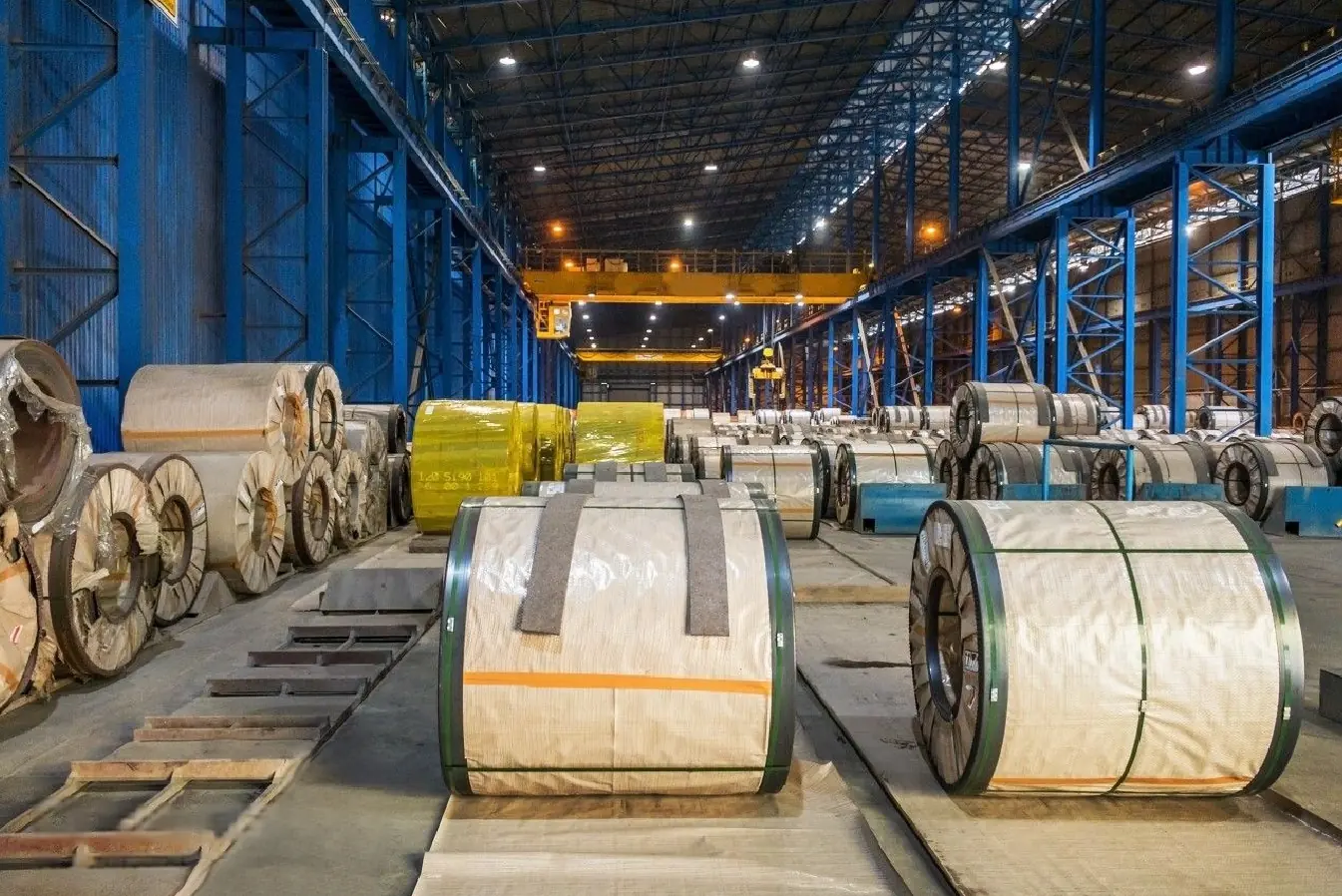
As the Global Business Director at MFY, I've seen firsthand how a deep understanding of material science can transform a project's outcome. It’s the difference between a product that lasts for decades and one that fails prematurely. The secret isn't just in the steel; it's in the specific recipe of elements within it. Let’s break down exactly what goes into a stainless steel coil and why it matters so much to your application and your bottom line.
What Are the Key Elements in Stainless Steel Coil Composition?
The term "stainless steel" feels specific, but it covers a vast family of materials. This ambiguity can lead to selecting an unsuitable grade. Knowing the core elements is the first step.
At its heart, stainless steel is an iron-based alloy. Its defining characteristic comes from a minimum of 10.5% chromium, with other key elements including nickel, molybdenum, carbon, and manganese, each added to achieve specific performance properties.

When you look at a stainless steel coil, you're seeing the result of precise metallurgical engineering. The composition is far more than a simple list of ingredients; it's a carefully balanced formula where each element plays a distinct and vital role. At MFY, we deal with these compositions daily, helping clients navigate their choices to find the perfect match for their industrial needs. Understanding this foundation is essential for anyone in manufacturing, construction, or engineering.
The Foundation: Iron (Fe)
Everything starts with iron. It's the base metal that makes up the bulk of the alloy, providing the fundamental structure and strength. But iron on its own is highly susceptible to rust, or oxidation. The magic of stainless steel lies in the elements we add to this iron base to protect it and enhance its properties.
The Primary Alloying Agents
The performance of a stainless steel coil is largely defined by its alloying elements. Each one contributes a unique characteristic, and their interplay creates the wide range of grades available on the market.
| Element | Symbol | Primary Function |
|---|---|---|
| Chromium | Cr | Corrosion Resistance (forms passive layer) |
| Nickel | Ni | Toughness, Ductility, Formability |
| Molybdenum | Mo | Pitting & Crevice Corrosion Resistance |
| Carbon | C | Hardness and Strength |
This table is a simplified guide, but it illustrates the core principle: you can't evaluate stainless steel without understanding its chemical DNA.
How Do Chromium and Nickel Enhance the Performance of Stainless Steel Coils?
Corrosion is the natural enemy of steel, compromising both structural integrity and aesthetics. This degradation can ruin equipment and projects. Chromium and nickel are your primary defenders against this rust and wear.
Chromium is the most critical element, forming a passive, invisible, and self-healing oxide layer on the steel's surface that prevents rust. Nickel enhances this corrosion resistance while also improving toughness, ductility, and performance at extreme temperatures.
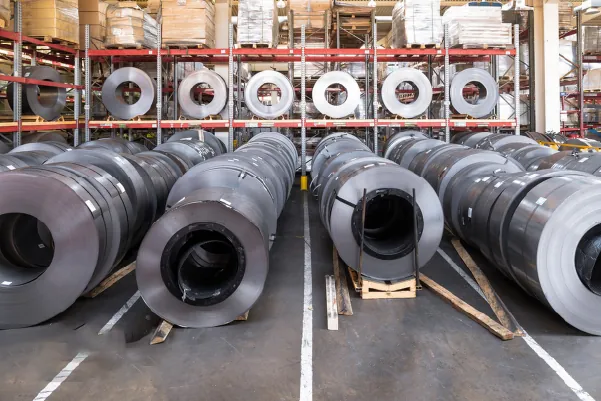
The synergy between chromium and nickel is what gives the most common austenitic grades[^2], like 304 and 316, their legendary versatility and reliability. It’s a partnership that has become the backbone of modern industry, from skyscrapers to kitchen sinks. Understanding how these two elements work is key to appreciating why certain grades are specified for certain jobs.
Chromium (Cr): The Shield Against Corrosion
When stainless steel is exposed to oxygen, the chromium in the alloy instantly reacts to form a very thin, stable, and protective layer of chromium oxide. This passive film is what blocks rust from forming. Even if the surface is scratched or damaged, the film rapidly reforms as long as oxygen is present. This self-healing ability is what makes stainless steel so durable. The higher the chromium content, the stronger this protective shield becomes, which is why marine or chemical applications demand grades with more chromium.
Nickel (Ni): The Engine of Versatility
While chromium provides the shield, nickel provides the flexibility and resilience. Adding nickel to the alloy changes its crystalline structure, making the steel more formable and easier to weld—critical properties for fabricators. I remember a client in the food processing industry who switched from a 400-series (no nickel) to a 304-grade coil for their tanks. Their fabrication time decreased, and the equipment's lifespan doubled because the higher-nickel material could better withstand the daily stress of temperature fluctuations and chemical cleaning. It’s this toughness and ductility that makes nickel-containing grades the default choice for demanding applications.
What Is the Role of Molybdenum and Other Trace Elements in Stainless Steel?
Sometimes, even the protection from chromium and nickel isn't enough for the job. Harsh environments, like marine settings or chemical plants, demand an even higher level of defense. This is where specialized trace elements provide enhanced protection.
Molybdenum is the key additive for fighting localized corrosion, specifically pitting and crevice corrosion caused by chlorides (like salt). Other elements like carbon, manganese, and nitrogen are used to fine-tune strength, hardness, and weldability.
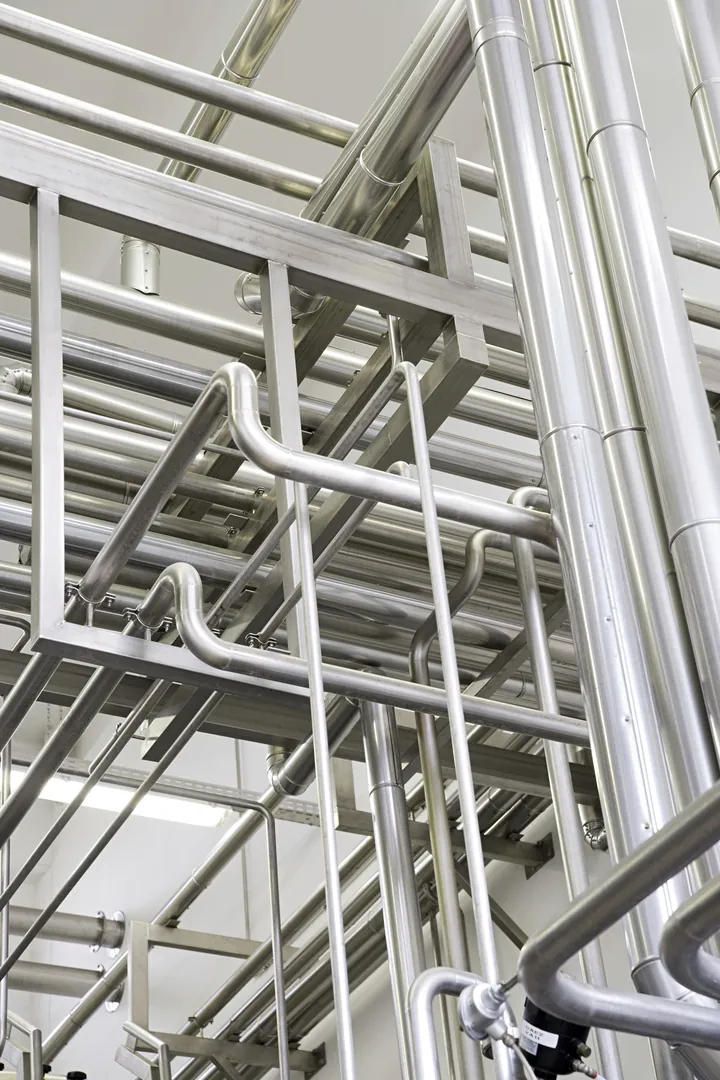
Think of these elements as specialists called in for specific threats. While chromium and nickel provide broad-spectrum defense, molybdenum, carbon, and others offer targeted solutions that make grades like 316 stainless steel indispensable in aggressive environments. For our clients in the oil and gas or desalination industries, the inclusion of just 2-3% molybdenum is a non-negotiable requirement. It's the difference between a system that operates reliably for years and one that fails in months.
Molybdenum (Mo): The Chloride Defender
Chlorides are everywhere—in seawater, de-icing salts, and many industrial chemicals. They are particularly aggressive and can break down the passive chromium-oxide layer in microscopic spots, leading to deep, narrow pits that can cause a component to fail. Molybdenum significantly strengthens this passive layer, making it much more resistant to attack from chlorides. This is why grade 316 (which contains molybdenum) is often called "marine grade" stainless steel, whereas grade 304 (without molybdenum) would be unsuitable for prolonged saltwater exposure.
Other Critical Contributors
While Mo gets a lot of attention, other elements are just as critical for fine-tuning performance.
| Element | Symbol | Contribution |
|---|---|---|
| Carbon | C | Increases hardness and strength, but too much can reduce weldability. |
| Manganese | Mn | Improves strength, workability, and wear resistance. |
| Nitrogen | N | Increases strength and resistance to pitting corrosion, especially in duplex grades. |
These elements show that selecting the right stainless steel is a balancing act. You must align the precise chemical recipe with the exact demands of the end-use application to achieve optimal results.
How Does the Chemical Composition of Stainless Steel Coils Affect Their Cost?
Stainless steel prices can seem unpredictable, making project budgeting a significant challenge. This volatility often leaves managers feeling uncertain. Understanding the direct link between alloy costs and market prices brings much-needed clarity.
The cost of a stainless steel coil is directly tied to the price of its constituent alloying elements. Nickel and molybdenum are expensive, traded commodities, so grades with higher percentages of these elements, like 304 and 316, are significantly more costly.
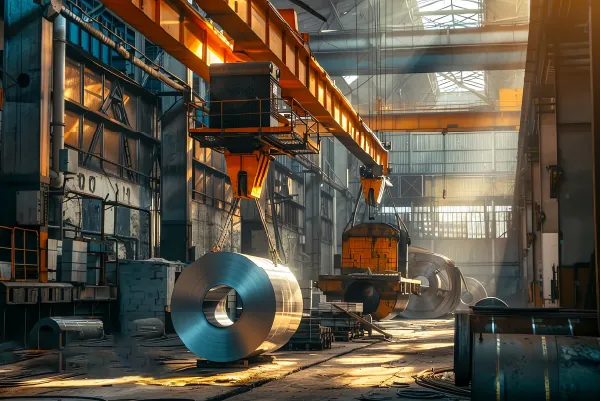
This is the most direct way that chemistry impacts your budget. When you specify a high-performance alloy, you are essentially purchasing a basket of commodities, and their market prices dictate the final cost of the material. As global supply chains face volatility, these prices can shift rapidly. At MFY, our fully integrated supply chain, from raw materials to production, gives us a clear view of these market dynamics. This allows us to help our partners make informed procurement decisions that balance technical needs with budget realities.
The Commodity Market Connection
The price you pay for a stainless steel coil is not just for the manufacturing process; it's heavily influenced by the London Metal Exchange (LME)[^3] prices for nickel, chromium, and molybdenum. Nickel, in particular, is known for its price volatility. A spike in the nickel market can cause the price of 304 stainless steel to jump overnight, while the price of a nickel-free grade like 430 remains relatively stable. This is why tracking commodity markets is essential for anyone purchasing large quantities of stainless steel.
A Tale of Two Grades: 304 vs. 430
To see this in action, compare Austenitic Grade 304 with Ferritic Grade 430.
- Grade 304: Contains ~8% nickel and ~18% chromium. It offers excellent corrosion resistance and formability. It is also significantly more expensive due to the nickel content.
- Grade 430: Contains ~17% chromium but no significant nickel. It offers good corrosion resistance for less demanding environments (like kitchen appliances) but is less formable and tough than 304. Its cost is much lower and more stable.
Choosing between them is a classic case of balancing performance and cost. If you don't need the superior properties nickel provides, opting for a 400-series grade can lead to substantial savings.
What Are the Recommendations for Balancing Performance and Cost in Selecting Stainless Steel Coils?
You need high performance, but you can't afford to overspend on materials. Choosing the wrong grade means you either pay too much for unnecessary features or face costly premature failures. A strategic selection process ensures you get optimal value.
To balance performance and cost, first, rigorously define your application's service environment. Then, consult with material specialists to select the most cost-effective alloy that meets, but does not excessively exceed, your project's technical requirements.

The smartest choice is rarely the most expensive one. It’s the one that is perfectly suited to the task. An agile approach to material selection, rooted in a comprehensive knowledge of chemical composition, is a powerful competitive advantage. It ensures product quality and longevity while keeping costs under control. This is the philosophy we use at MFY when advising our clients, moving beyond a simple transaction to become a true partner in their success.
Step 1: Analyze Your Application Environment
Before you even look at a grade, answer these questions with as much detail as possible:
- Corrosion: What corrosive agents will the steel be exposed to? (e.g., water, salt, specific acids, cleaning solutions)
- Temperature: What is the operating temperature range, including any extreme highs or lows?
- Mechanical Stress: What loads, pressures, or impacts will the material need to withstand?
- Fabrication: Does the part need to be welded, bent, or deep-drawn?
Having clear answers to these questions will immediately narrow down your choices and prevent you from over-engineering the solution with an unnecessarily expensive alloy.
Step 2: Consult with Material Specialists
Once you have defined your needs, talk to an expert. A reliable supplier should be more than just an order-taker; they should be a technical resource. In my experience, a ten-minute conversation with a materials engineer can save a company thousands of dollars. We can suggest alternative grades you may not have considered or confirm if your initial choice is the right one. This collaborative approach ensures you aren't just buying a product, but investing in a solution that is both technically sound and commercially smart.
Conclusion
Understanding a stainless steel coil's chemical makeup is not just technical—it's strategic. By balancing elements like chromium, nickel, and molybdenum, you can precisely match material performance to your application's needs and budget, turning a procurement decision into a true competitive advantage.
Have Questions or Need More Information?
Get in touch with us for personalized assistance and expert advice.

